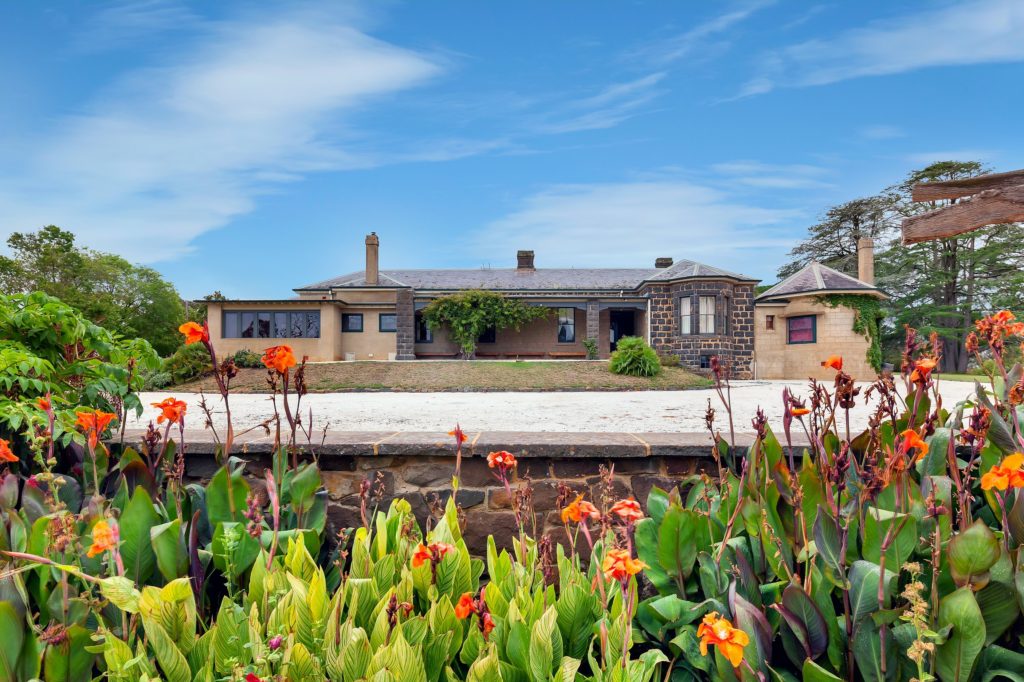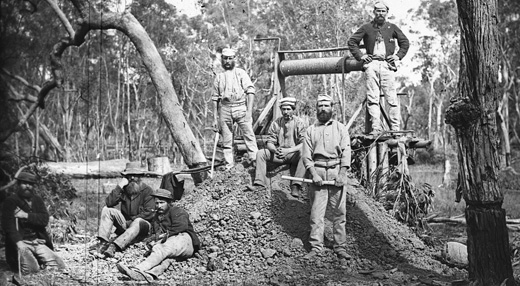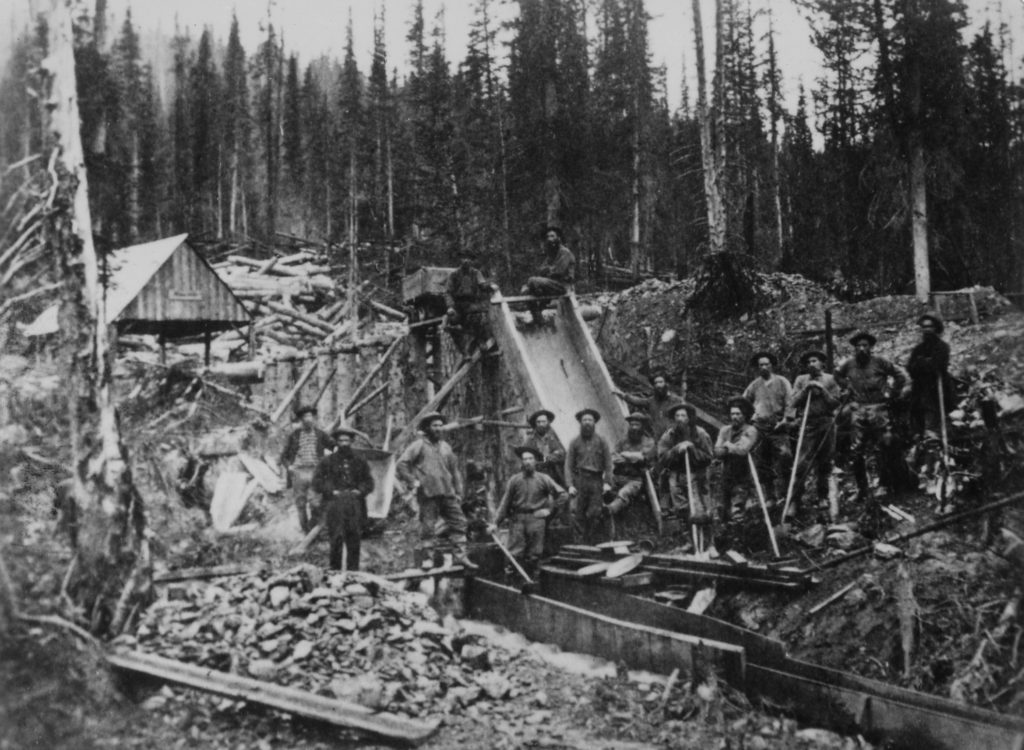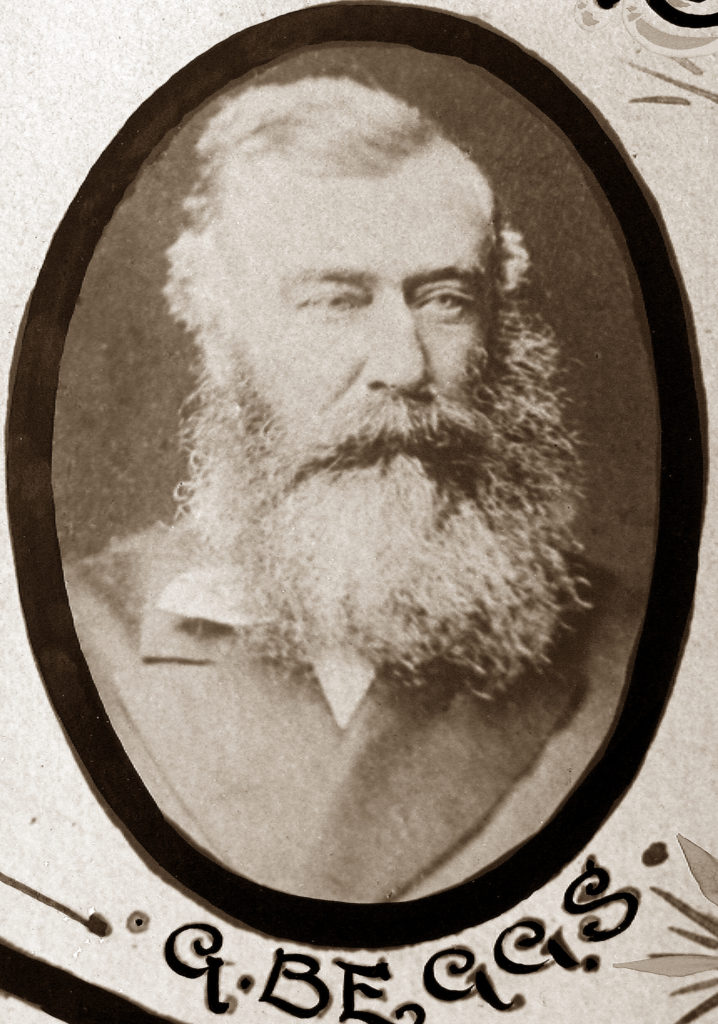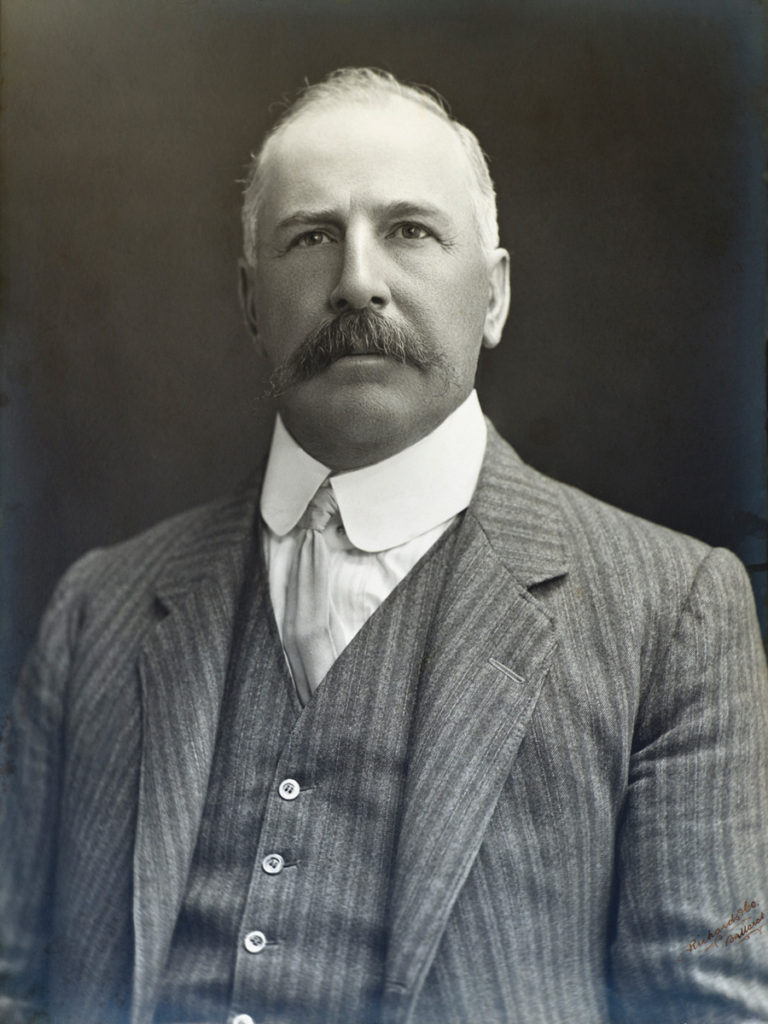Theodore Beggs
Theodore, seventh child of Francis, was born at Geelong on 17 August 1859. He was educated by a tutor, and on his father’s death in 1880 became manager and a trustee of the Eurambeen estate. Three years later he and his brothers Robert and Hugh joined in a pastoral partnership that leased and purchased several large properties in the district.
When the partnership was dissolved by mutual consent in 1913, Theodore became sole owner of Eurambeen.
For some thirty years Beggs was a councillor of Ripon Shire and was twice president. From 1910 until his retirement in 1928 he was member for Nelson Province in the Legislative Council. He voted there to keep large properties intact and led local opposition to the acquisition of Trawalla estate for soldier settlement in 1919, causing his critics to allege that he thought ‘more of a bit of dirt than he thinks of a man’.
He was a director of the Ballarat Trustees, Executors & Agency Co. Ltd, a member of the Australian Sheep Breeders’ Association, Victorian delegate to the Pastoralists’ Federal Council in 1915 and was widely known as a judge of merino sheep. He was a member of the Melbourne, Australian and Ballarat clubs. In 1906 Theodore was described as ‘a thoughtful man, not easy to best in argument, and though most amiable in disposition, a “sticker” in conference’.
On 3 December 1918, he married Agnes Jane Walpole. Agnes was the granddaughter of Lord Robert Walpole, 1st Earl of Orford who is generally regarded as the first Prime Minister of Great Britain
Theodore died on 2 April 1940 at Eurambeen. He is buried in the family cemetery, survived by his wife and their four daughters. When Theodore passed away in 1940 Agnes continued at Eurambeen. She cared for her four daughters (Penelope, Diana, Theodora and Prudence) with the help of a housekeeper and governess.
Agnes was a keen gardener and had several gardeners who helped her. Agnes died on July the 12th 1977.
Both are buried in the private family cemetery on Eurambeen.



